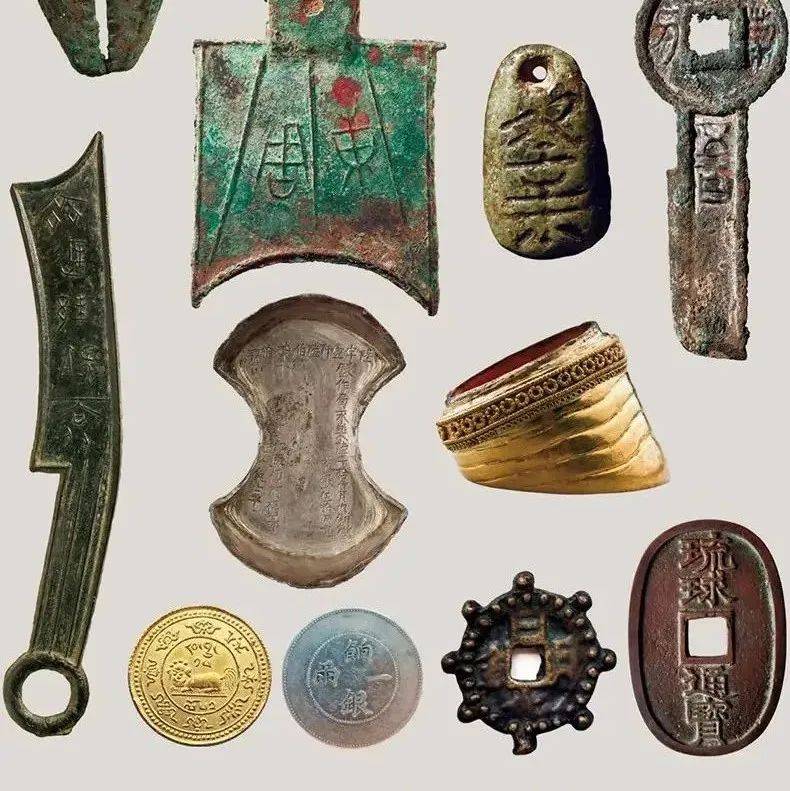
中国货币史是文明演进的缩影,记录着华夏民族对价值交换的探索。自商周时期起,先民便以海贝作为等价交换的媒介,开启了货币的发展历程。彼时的海贝,不仅是简单的交易工具,更承载着原始社会的经济秩序与文化符号。从商周海贝、秦代半两,到汉代五铢、唐代通宝,再到宋代交子,每个时代的货币都承载着当时的经济格局与社会特征。货币不仅是商品流通的工具,更与国家命运紧密相连,其材质、形制的演变,彰显着中华民族对经济秩序的构建智慧,也成为解读中华文明延续性的关键密码。
The history of Chinese currency is a microcosm of civilizational evolution, recording the Chinese nation’s exploration of value exchange. Since the Shang and Zhou dynasties, ancient ancestors used seashells as a medium of equivalent exchange, initiating the development of currency. At that time, seashells were not merely tools for trade but also carried the economic order and cultural symbols of primitive society. From the seashells of the Shang and Zhou, the Banliang coins of the Qin, the Wuzhu coins of the Han, the Tongbao coins of the Tang, to the Jiaozi paper money of the Song, each era’s currency embodied its unique economic landscape and social characteristics. Currency has never been just a tool for commodity circulation; it is closely intertwined with the nation’s destiny. The evolution of its materials and forms demonstrates the Chinese people’s wisdom in constructing economic order and serves as a key code to decode the continuity of Chinese civilization.
